A mica powder color mixing chart shows how different mica shades blend to form new colors and effects. It explains mixing base micas like yellow, blue, red, and black to create many hues, from pastels and metallics to special tones like plum, teal, and rose gold.
Whether you're working with soap, resin, or paint, it takes so much of the guesswork out of mixing shades.
This makes it easier to customize your creative projects and try new effects without endless trial and error. With your chart in hand, you’ll feel way more confident experimenting with your powders.
It also shows how changing the amount of mica can shift a color’s opacity and shimmer.
What Is A Mica Powder Color Mixing Chart & Why You Need One
Resiners 26 Colors Mica Powder Set
A color mixing chart shows how different mica powders combine to create new colors. It helps you see the exact shades and effects before you even start mixing. This saves you time and helps avoid those surprise colors that sometimes pop up in your projects.
Saves Time & Guesswork For Soap, Resin, Cosmetics
Using a mica powder color chart cuts down on trial and error. When you’re making soap, resin, or cosmetics, you want consistent colors without wasting materials.
The chart lets you plan color blends in advance, so you don’t have to guess how much of each mica to use. For example, mixing a mica with a blue tone and one with gold can produce unique shades depending on amounts.
A color chart shows you these results clearly. This means less wasted mica powder and fewer test batches.
With a mica powder color chart, you also avoid uneven color distribution. Since mica powders can behave differently when added to bases like resin or soap, knowing how colors change together helps you get smooth, vibrant results every time.
Ready to experiment with even more colors and effects? Explore our full mica powder collection for endless creative possibilities.
Core Mixing Basics

When you mix mica powders, you focus on combining colors to get the exact shade or effect you want. Some blends use white or black bases to create pastel or deep tones.
Others mix special mica types to add shine or color shifts that change with light.
Primary Blends + Pastel/Deep Tones (White/Black Bases)
To create pastel colors, start by mixing your mica powder with a white base. White mica brightens the color and softens it, giving you lighter, more delicate shades.
For example, mixing red mica with white can give you soft pinks or peaches. For deeper colors, add black mica powder as a base.
Black toning makes colors richer and darker without killing their shine. Use small amounts to avoid dulling the color too much.
When you measure, use consistent "parts" of mica powder for accurate mixing. You can adjust the color by increasing or decreasing the amount of white or black base mica.
Metallic, Interference & Chameleon Effects
Metallic mica powders give your colors a shiny, reflective surface. These work well layered in mixes to add sparkle.
You can dust metallic mica over a painted or resin surface for a glowing finish. Interference mica powders reflect different colors depending on the light angle.
They sit well with standard colors and can shift a simple shade into something more vibrant. Chameleon mica powders change colors depending on the view angle.
Mixing these takes a little care so you keep their color-shifting magic while blending well with your other mica pigments. Using these specialty micas, you can create unique finishes for your projects.
They mix best when you add them slowly to control the final effect.
Instant Color Recipes

You can create tons of colors by mixing mica powders in different amounts. Simple mixes let you get vibrant shades like teal or chartreuse, and changing the amounts gives you softer pastels or rich earth tones.
Adding shimmer or pearlescent powders lifts your colors with shine.
Standard Shades (Teal, Navy, Chartreuse)
To get teal, mix blue and green mica powders, balancing about 2 parts blue to 1 part green. Add a tiny bit of black powder if you want it darker.
For navy, use mostly blue with a small touch of black or deep purple mica to deepen the tint. Chartreuse is a bright mix of green and yellow mica powders.
Use 2 parts yellow to 1 part green for a true chartreuse. Adding a hint of amber can warm the color slightly.
Keep your powders dry and finely sifted for smooth mixing.
Pastels & Earth Tones (Dusty Rose, Mocha)
Dusty rose starts with rose mica powder. Mix it with white or pearl-colored mica for softness.
You can add a bit of brown or amber mica to mute the brightness, making the rose look faded or vintage. For mocha, blend various browns with tiny amounts of black and amber mica.
Use more amber for a warmer mocha, or add shimmer mica if you want a slight glow. Earth tones often need more layers of mica to build depth and richness.
Shimmer Effects (Metallic, Pearlescent)
Adding metallic powders like silver or rose gold mica creates a reflective, shiny surface. Mix these with your base color to give a metallic finish without dulling the shade.
Even a small amount changes the whole look. Pearlescent mica gives a soft, glowing shimmer that shifts in light.
Use pearl or white mica powder mixed with your colors for this effect. It works well in pastels and metallic mixes.
Keep your mix light to avoid hiding the base color under the shimmer.
How To Mix Mica Powder Accurately

Getting the right color with mica powder depends on careful measuring and keeping track of your mixes. Even small changes in amounts or mixing methods can make a big difference in color and brightness.
Measuring (Scoops, Scale) & Mixing Methods
Use small measuring tools like measuring spoons or mica powder spatulas for precise amounts. A 1/32 tsp spatula works well for tiny, controlled scoops.
A digital scale is even better if you want to measure by weight—this is more accurate and repeatable than volume. Mix powders thoroughly before adding them to your medium.
Use containers with screw-on lids to shake the mica evenly without spills. Stirring with a small spatula or brush helps blend colors smoothly, avoiding clumps.
Adding mica to absorbent powders like baking soda first can help distribute color evenly in bath bombs or soaps.
Record Recipes With Swatch, Ratio, Medium
Always write down your mica ratios, the medium you mix with, and how the color looks on a swatch. Use a small card or paper to test and label each batch before making a larger amount.
Note details like the type of medium (oil, water, wax), because mica behaves differently depending on where you use it. Recording exact amounts helps you recreate or tweak colors later without guessing.
You can create a simple chart that includes:
|
Recipe Name |
Color Mix (Ratios) |
Medium Used |
Swatch Sample Notes |
|
Example |
2 parts blue, 1 red |
Water-based |
Shiny, bright blue |
This system saves you time and frustration when mixing batches over and over.
If you’re aiming for vibrant, eye-catching results, check out our article on Coloring Resin: Techniques for Vibrant DIY Crafts for expert tips and tricks.
How To Troubleshoot Mixing Errors

When you’re working with mica powders, you might run into clumping, color dullness, or changes after curing. Problems can vary depending on whether you use mica in soap or resin.
Knowing how to handle these common concerns can really save your project.
Clumping, Dullness & Post-Cure Shifts
If your mica powder clumps, it usually means it isn’t properly mixed with your medium. To avoid this, first stir mica powder into a small amount of oil or water before adding it to your full recipe.
This helps the powder spread evenly. Dull colors happen when mica particles get covered or sink too deep in the mixture.
You can fix this by adjusting the ratio of mica to medium or by layering flash gilded mica powders on top, which reflect light and bring back shine. Post-cure shifts, like a color change or loss of sparkle after drying, often pop up if the mica wasn’t fully dispersed or if the background color affects its look.
Try testing mica shades on your exact base before starting the full project to prevent surprises.
Curing Issues In Soap Vs. Resin
Using mica powder in soap is different from resin because both cure with big changes in temperature or time. Soap cure heat can cause mica to fade or darken if you add it too early.
It’s best to mix mica powder into soap at the coolest stage, just before pouring. In resin, mica blends best after you mix your resin and hardener.
Adding mica too soon can cause clumps or slow down curing. Resin often keeps mica’s shimmer better than soap, but some color shifts still happen because of chemical reactions during curing.
For both soap and resin, avoid adding mica powder directly to dry ingredients or fully cured products. This helps you get an even color and that smooth, flash gilded effect.
Adapting Mica Use To Your Project
When you’re working with mica powder, how you use it depends a lot on the type of project. Different materials and methods change how mica shows up.
Knowing the right approach helps you get the color and effect you want.
Soap/Wax (Opacity/Shimmer)
In soapmaking or when you’re working with waxes, mica powder acts differently depending on the base. You want to check your mica’s opacity; some shades show more shimmer while others look more solid.
For soap, vibrant colors come from mixing mica with baking soda first. It helps the powder stick and blend evenly in melt-and-pour or cold process soap.
When you add mica into wax, it usually appears more translucent. To boost shimmer on candles or wax melts, use brighter micas and adjust the amount carefully.
Too much mica can cause clumping or dullness.
Resin (Layers/Float)
When you work with epoxy resin and mica powder, the powder can float or sink depending on how you mix and pour. Stir the mica into the resin before layering for best results.
If you want layered colors, mix a small amount of mica into each batch so you can control how see-through or bold each layer looks.
Mica usually gives a glowing, almost metallic look—especially in clear resin. For float effects, let the resin sit for a bit, then sprinkle mica powder on top.
This trick creates some wild 3D effects. Don’t shake the resin too much after adding mica or you’ll mess up the even spread.
Want to understand the difference between pigments and other colorants? Find out more in What is a Pigment in Resin Art? Understanding Your Colorants.
Cosmetics
Mica powder’s super popular in non-toxic cosmetics since it adds shimmer without heavy pigments. You can blend it into lotions, powders, lip balms, and eyeshadows.
Use fine mica powders for cosmetics to avoid gritty texture on your skin. Start with a little and layer up for a natural glow—too much gets flashy real fast.
Always check that your mica’s cosmetic grade or you might risk irritation. It blends nicely with oils and waxes in creams, helping that shine stick around longer.
|
Project Type |
Best Use of Mica |
Key Tip |
|
Soap/Wax |
Mix with baking soda, adjust opacity |
Avoid clumps, test small batches |
|
Resin |
Stir before pouring, layer in batches |
Control settling and float effects |
|
Cosmetics |
Use fine cosmetic-grade mica |
Start with low amounts for smooth finish |
Curious about the safety of using mica powders in your crafts? Get all the facts in our article: Is Mica Powder Safe? What You Need To Know for DIY Projects.
Final Thoughts
A mica powder color mixing chart is your secret tool to blend colors accurately, whether you’re making soap, resin art, or candles.
By using simple ratios and knowing which micas to pair, you can create everything from soft pastels to bold, shiny metallics. Following clear mixing steps and recording your swatches means you’ll never forget your best blends.
If a mix looks dull, clumpy, or changes after curing, just check your ratios or mix prep. Adjust slightly and record it. Over time, your own chart becomes a go-to resource.
Looking for new ways to make your projects stand out? Discover fresh inspiration in Mica Powder Uses: Creative Ways to Add Sparkle and Color.
Frequently Asked Questions
Can you mix mica powder to get different colors?
Absolutely, you can mix mica powders to create all sorts of new colors. They come in tons of shades, and blending two or more lets you customize hues for your needs.
For example, blue and gold mica together can make a rich green. Start with small amounts to test before you commit to a big batch.
Jot down your ratios so you can recreate the color later. Mixing mica powders doesn’t kill their shimmer—the final blend keeps that pearly shine.
What does mica powder mix with?
Mica powder plays nice with a lot of mediums. It dissolves in oils like almond or coconut, making it perfect for lotions, body butters, and scrubs.
You can also mix mica into water-based stuff if you add a binder or medium. For crafting, it works in epoxy resin, paint, clay, and soap bases.
Mica doesn’t melt but spreads out evenly, giving your projects a metallic or pearly finish. Always stir it in well to dodge clumps and get smooth color.
How many grams of mica powder per gallon of epoxy?
Usually, 15 to 30 grams of mica powder per gallon of epoxy does the trick. That gives you strong color and shimmer without messing with how the epoxy cures.
If you want a lighter, see-through look, try 10-15 grams per gallon. Mix thoroughly so the mica spreads out evenly. Too much mica can make the epoxy harden weird or get brittle.
Start small—you can always add more if you want more pop.
What is the best medium to mix with mica powder?
Honestly, it depends on your project. For skincare, almond or coconut oil works great because mica dissolves well and pops with color.
For crafts, epoxy resin is a go-to since it holds mica evenly and cures shiny. If you’re painting, mix mica with a clear or white acrylic medium for max sparkle.
Water alone won’t cut it unless you use a binder or gel medium. Always test your mix before going big on a project—better safe than sorry.
Is mica powder always pearlescent?
Most mica powders show off a pearlescent, shiny effect, but they don't all look exactly alike. The shimmer really depends on how the mica flakes get ground up and what minerals are mixed in.
Some types give you a metallic shine, while others look softer or even a bit see-through. You can actually find mica powders with a matte finish, though that's not something you'll see every day.
The pearlescent effect is a big reason people love mica for cosmetics, crafts, and art. If you're after that sparkle, mica powder usually does the trick. But if you want something totally flat and without shine, you might need to look for a different pigment.

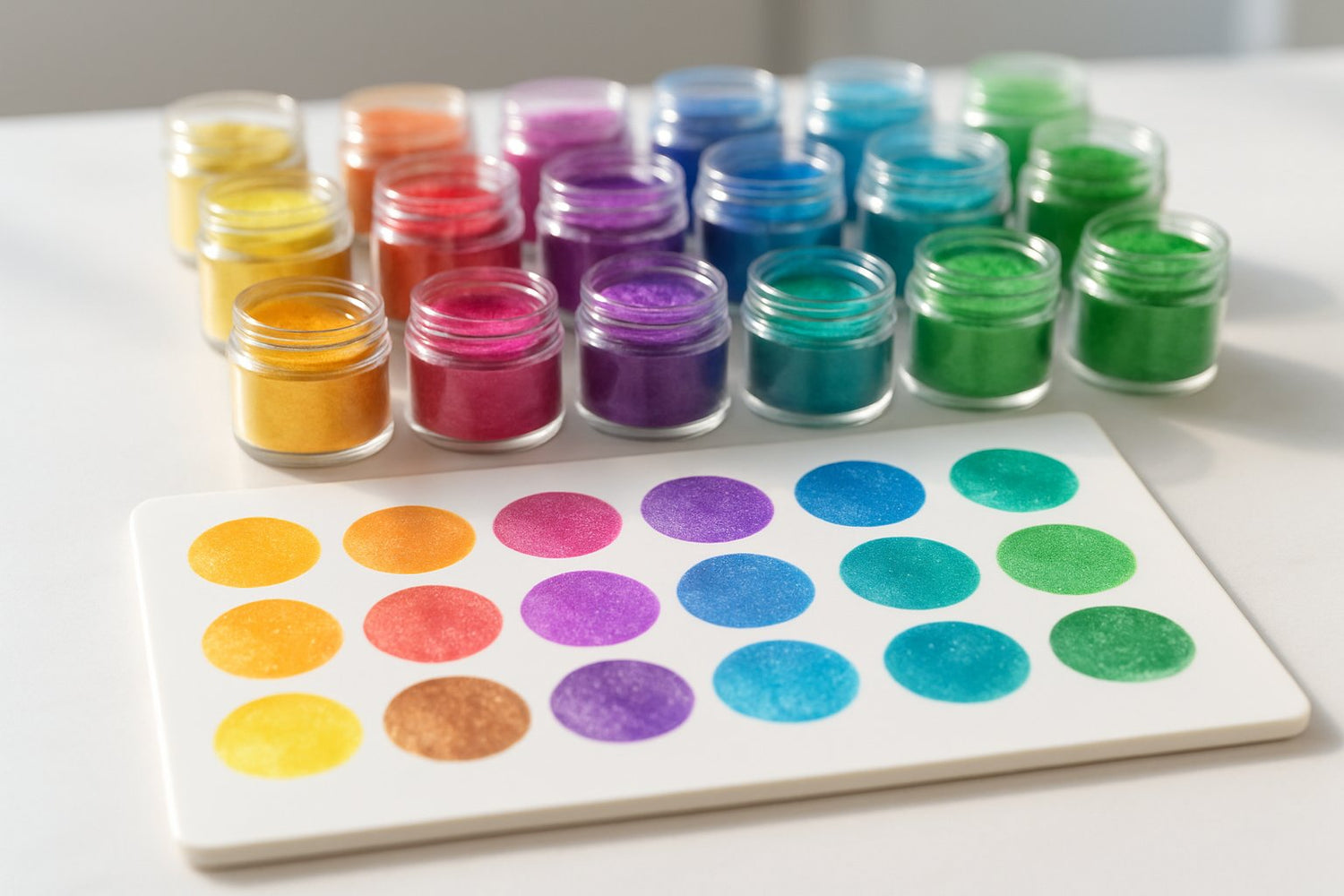

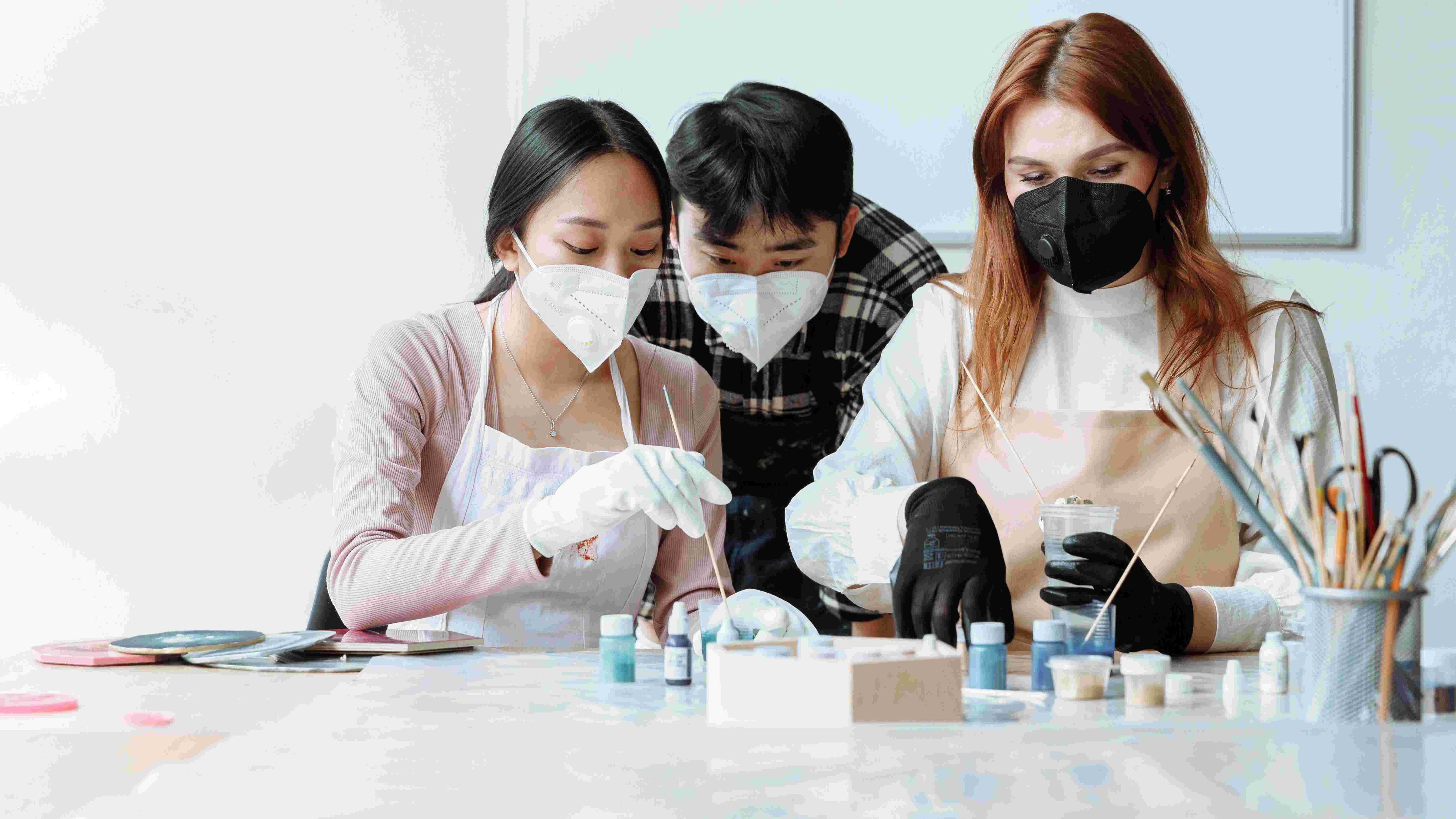
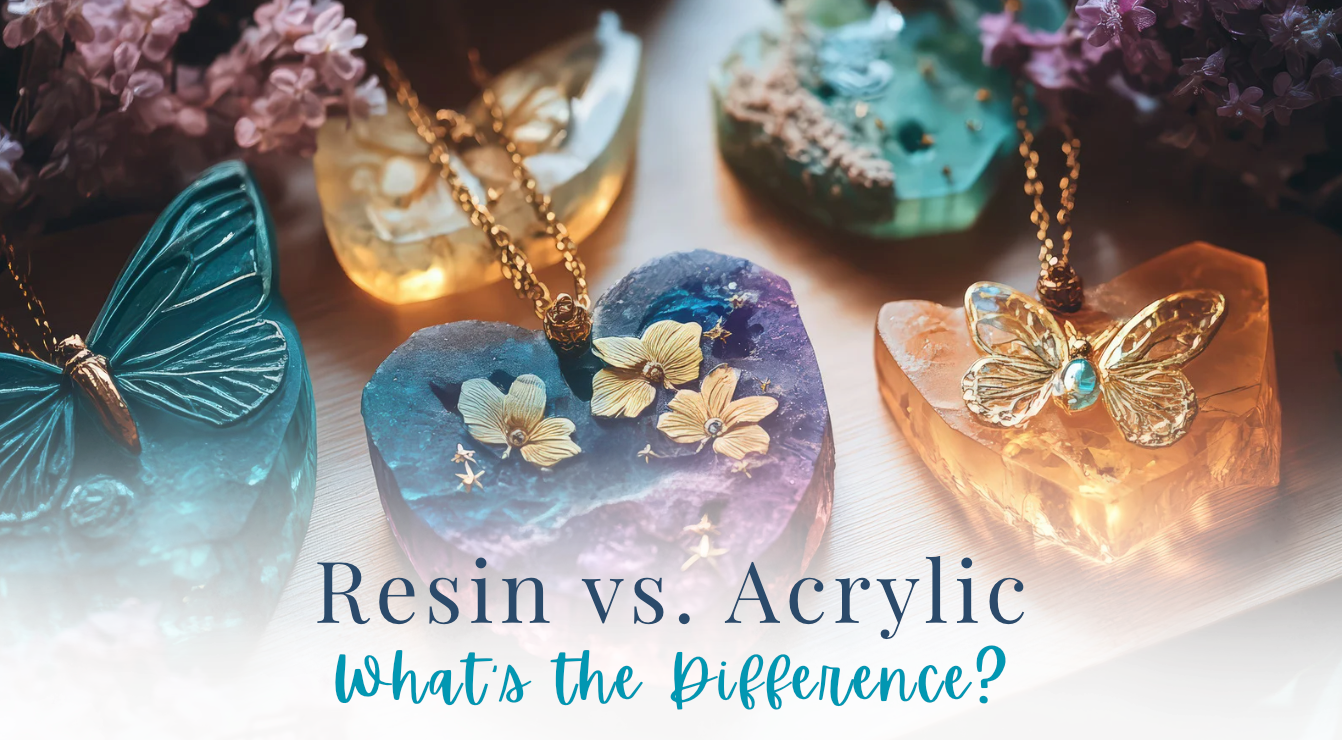
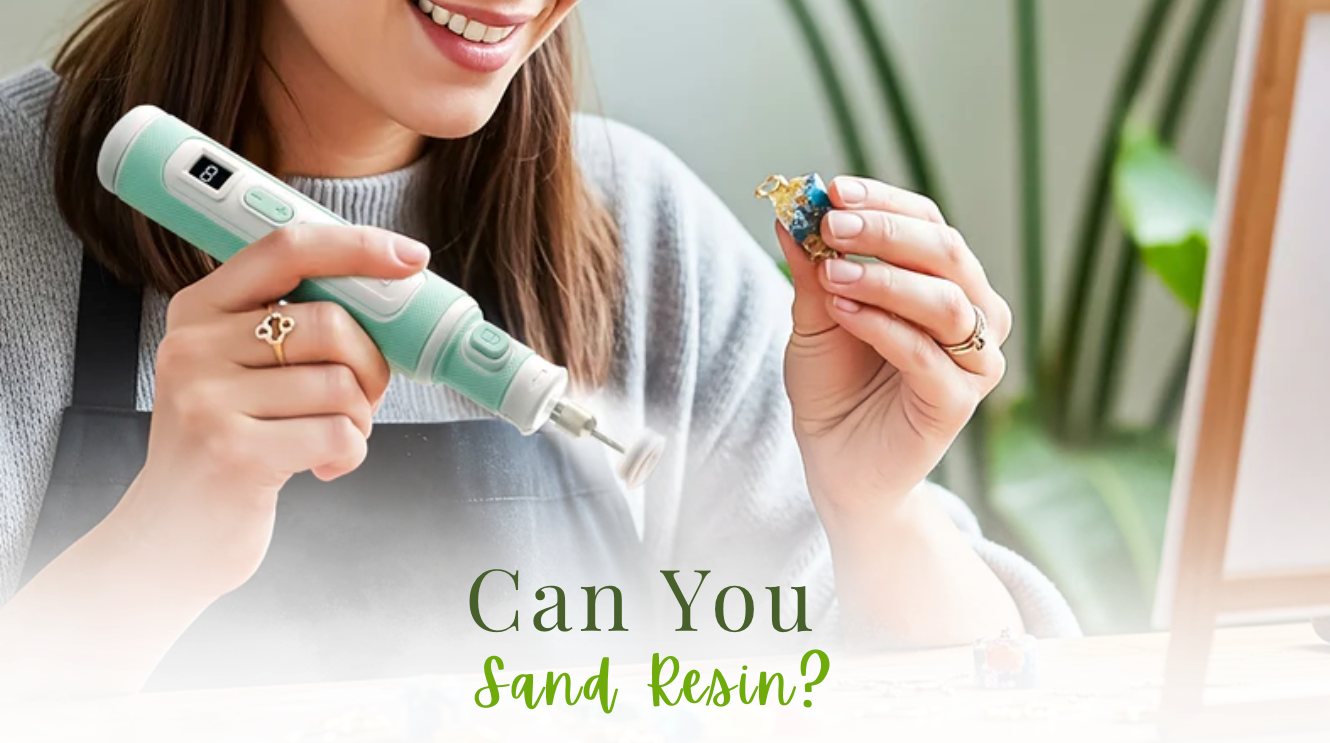
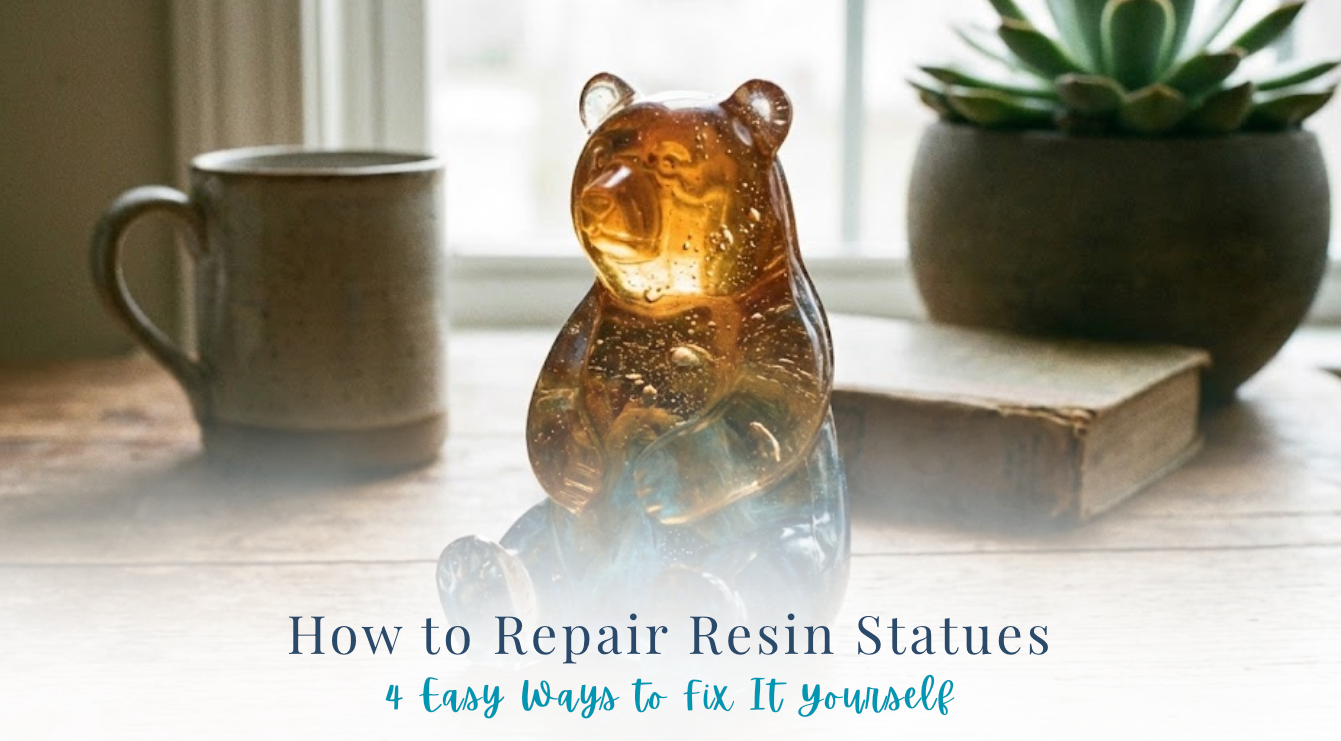

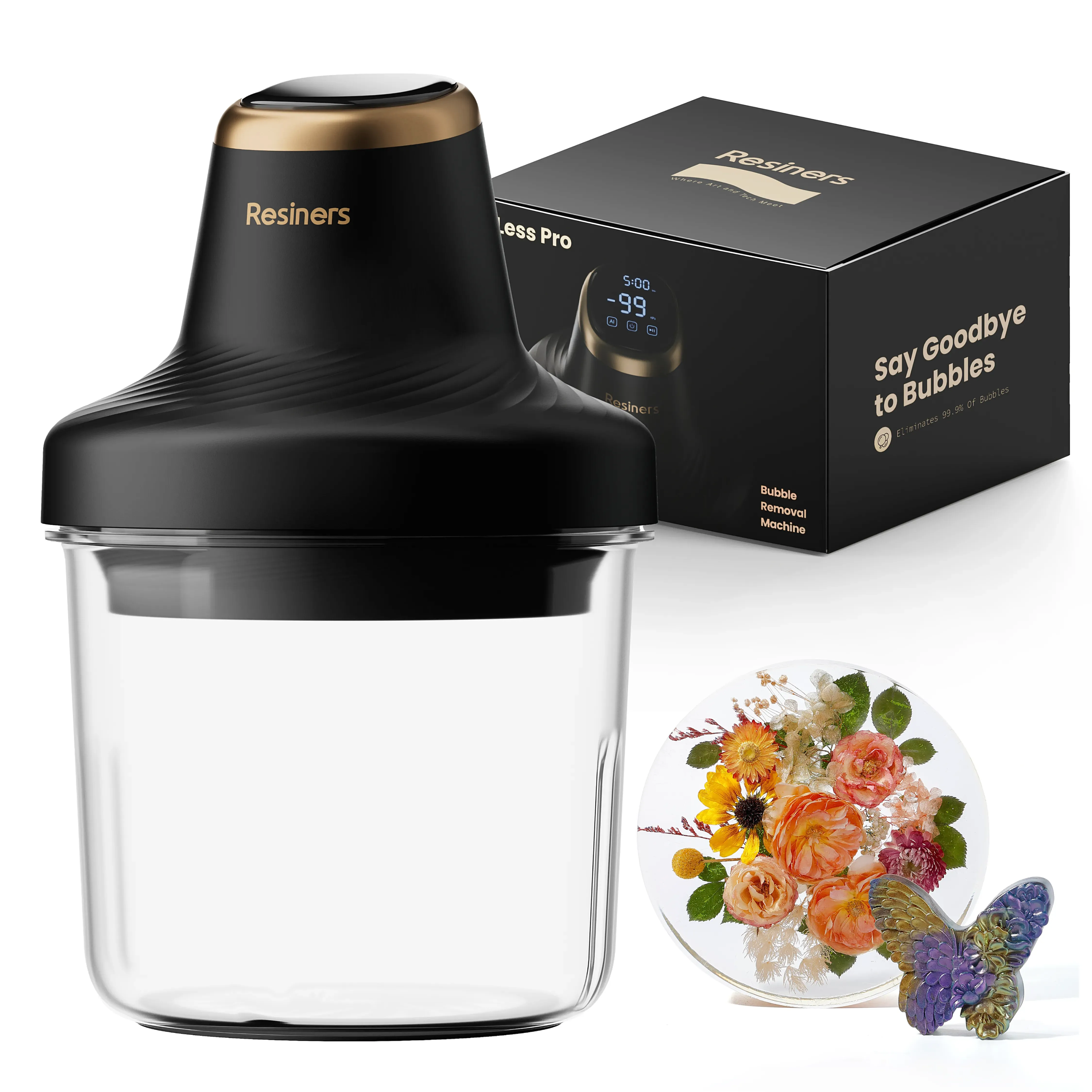
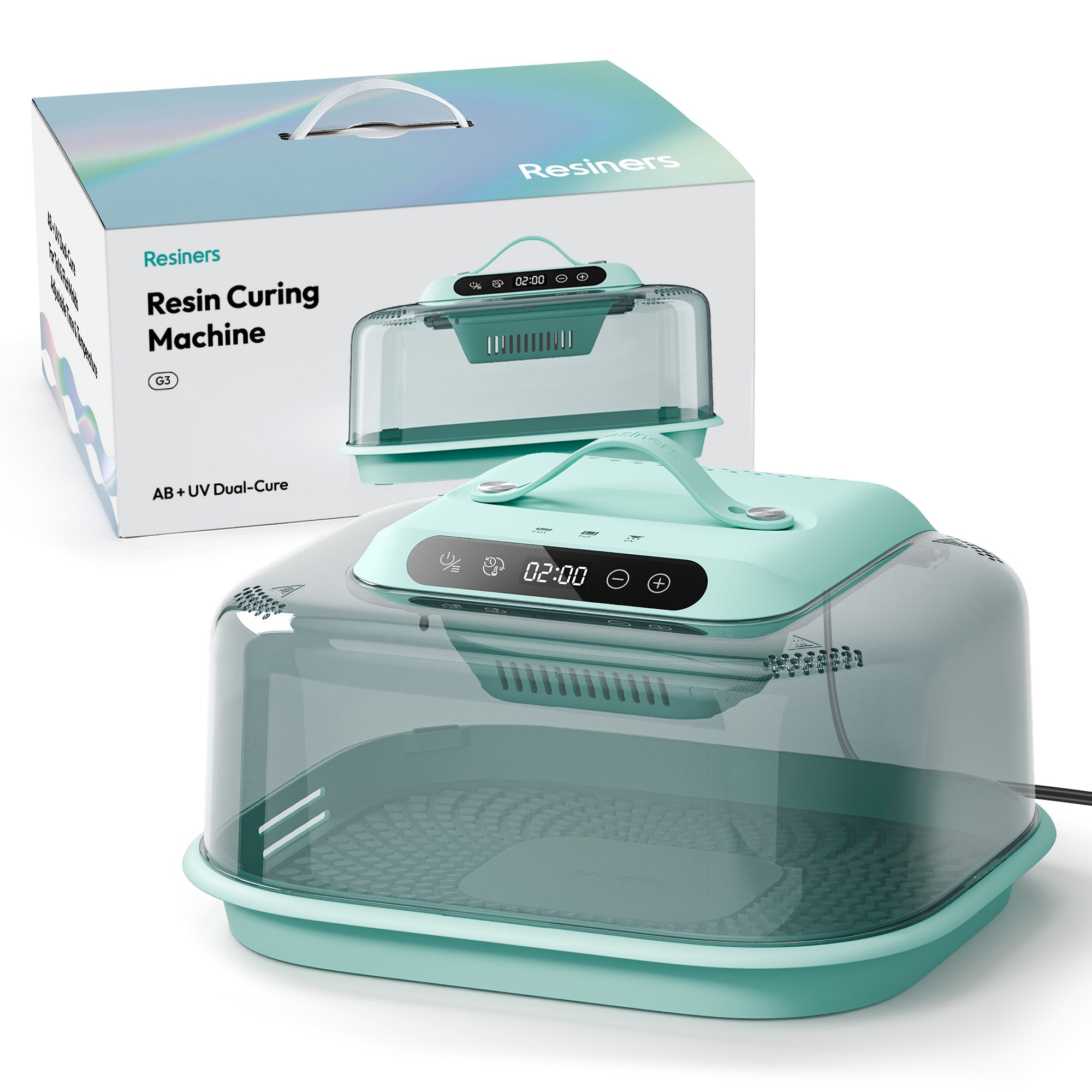

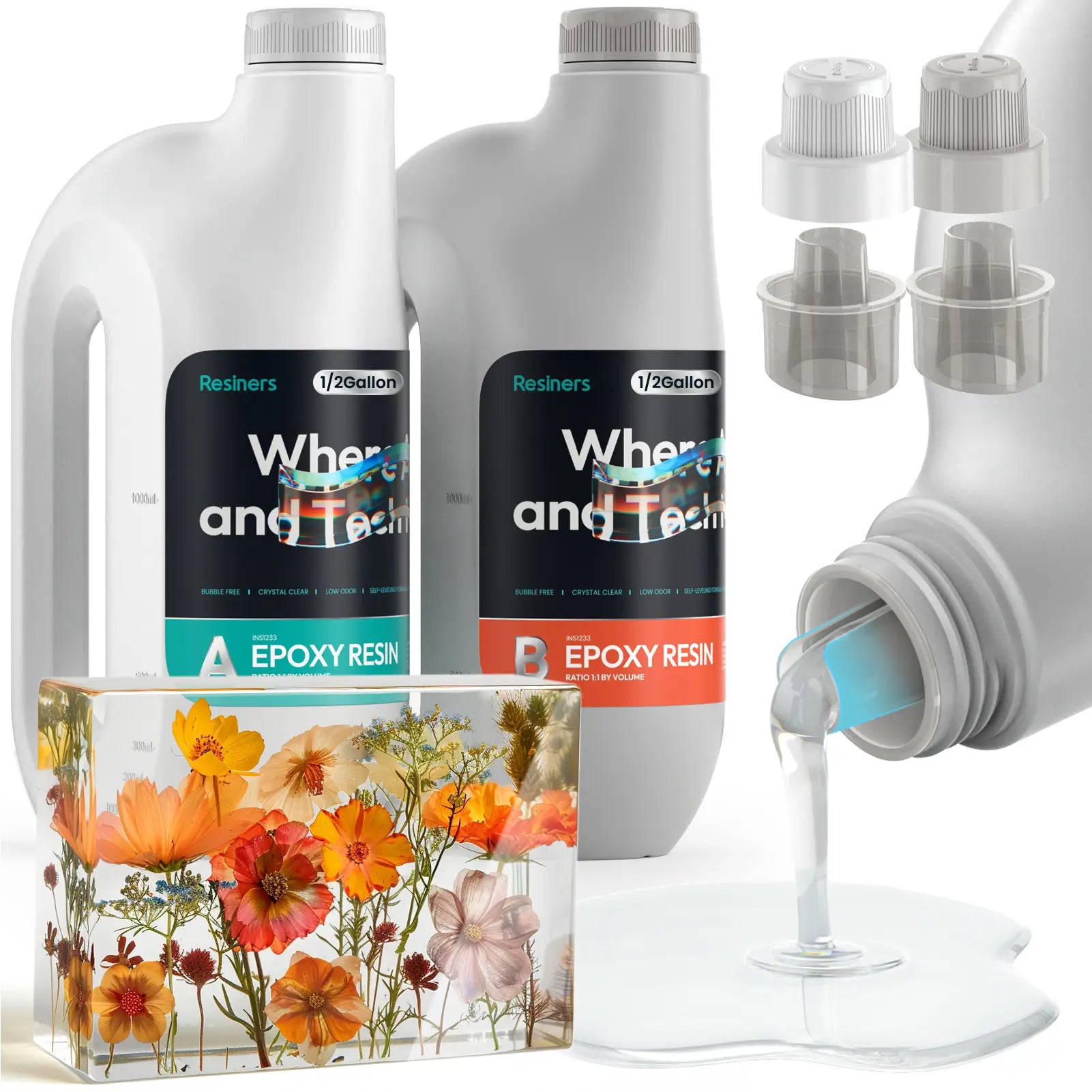
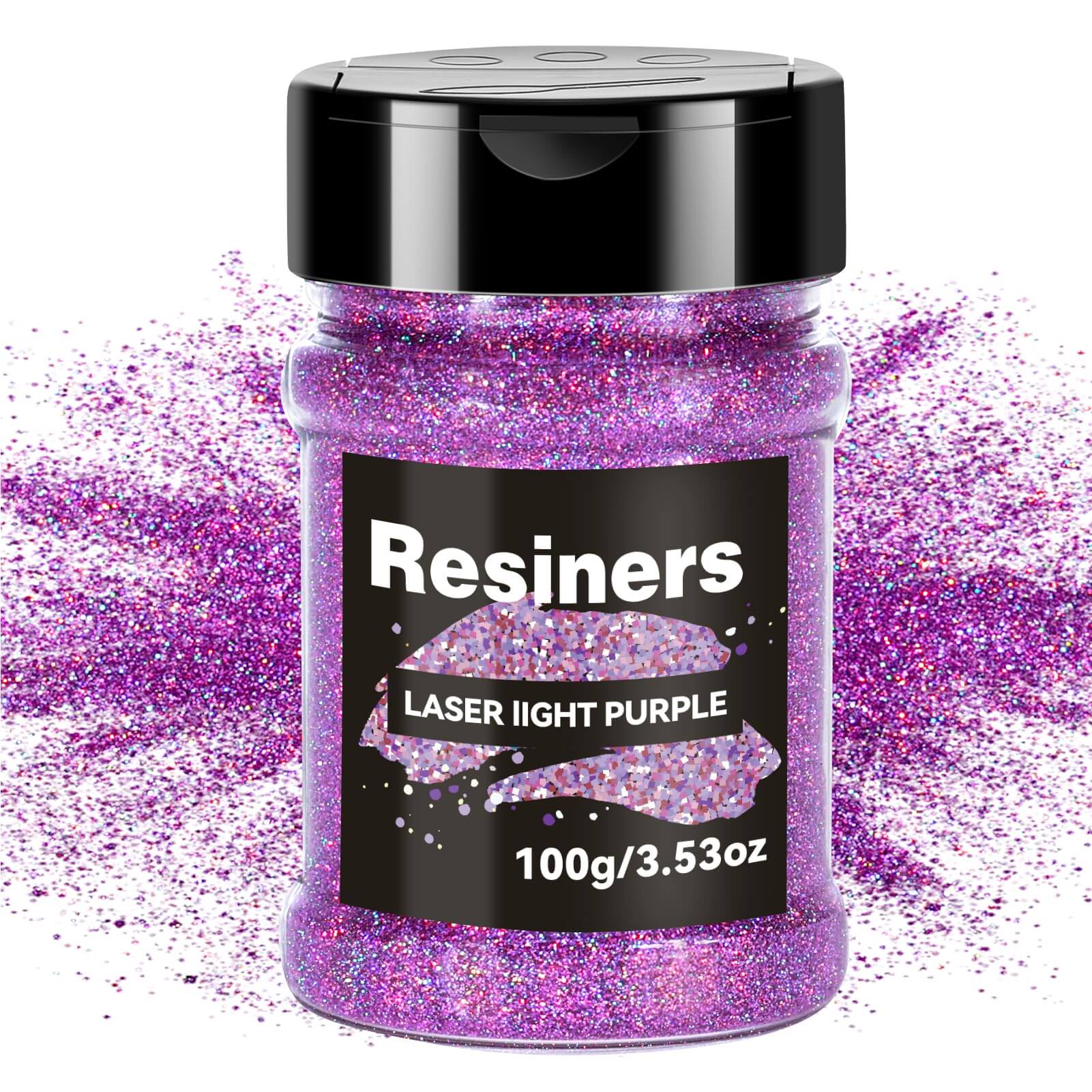
Laisser un commentaire
Ce site est protégé par hCaptcha, et la Politique de confidentialité et les Conditions de service de hCaptcha s’appliquent.